Separating Protein with SDS-PAGE
Sodium Dodecyl Sulfate Poly-Acrylamide Gel Electrophoresis, or SDS-PAGE, is a widely-used technique for separating mixtures of proteins based on their size and nothing else. SDS, an anionic detergent, is used to produce an even charge across the length of proteins that have been linearized. By first loading them into a gel made of polyacrylamide and then applying an electric field to the gel, SDS-coated proteins are then separated. The electric field acts as the driving force, drawing the SDS coated proteins towards the anode with larger proteins moving more slowly than small proteins. In order to identify proteins by size, protein standards of a known size are loaded along with samples and run under the same conditions.
This video presents an introduction to SDS-PAGE by first explaining the theory behind it and later demonstrating its step-by-step procedure. Various experimental parameters, such as the polyacrylamide concentration and voltage applied to the gel are discussed. Downstream staining methods like Coomassie and silver stains are introduced, and variations of the method, like 2D gel electrophoresis are presented.
SDS-PAGE is a technique used by many researchers to separate mixtures of proteins by size. Successful completion of this technique is an essential first step for many methods of protein analysis, like immunoblotting. By itself, it is a useful tool in assessing protein size and purity.
In order to understand the SDS-PAGE technique, you must first understand its principle components. SDS-PAGE stands for Sodium Dodecyl Sulfate Poly-Acrylamide Gel Electrophoresis. Sodium-Dodecyl Sulfate, th
Skip to...
Videos from this collection:
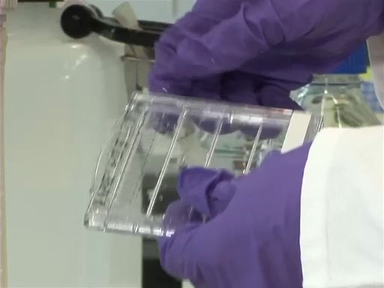
Now Playing
Separating Protein with SDS-PAGE
Basic Methods in Cellular and Molecular Biology
469.6K Views
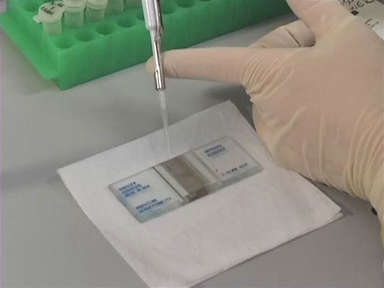
Using a Hemacytometer to Count Cells
Basic Methods in Cellular and Molecular Biology
217.6K Views
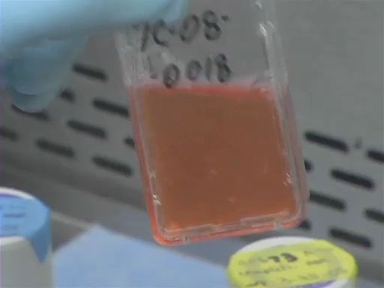
Passaging Cells
Basic Methods in Cellular and Molecular Biology
186.3K Views
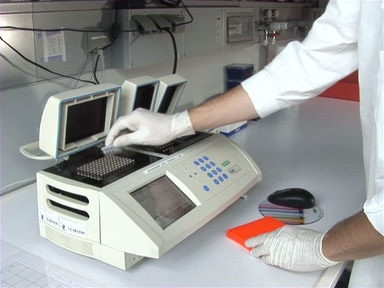
PCR: The Polymerase Chain Reaction
Basic Methods in Cellular and Molecular Biology
704.6K Views
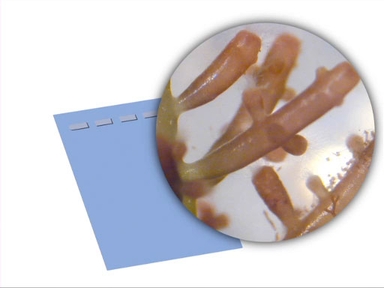
DNA Gel Electrophoresis
Basic Methods in Cellular and Molecular Biology
592.5K Views
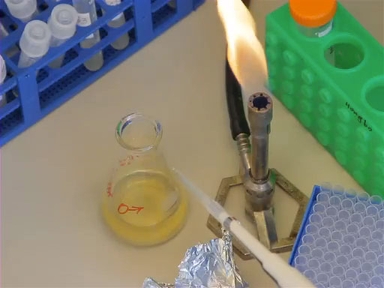
Bacterial Transformation: The Heat Shock Method
Basic Methods in Cellular and Molecular Biology
729.8K Views
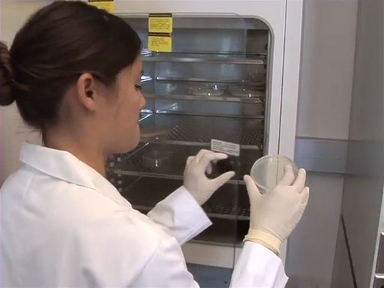
Bacterial Transformation: Electroporation
Basic Methods in Cellular and Molecular Biology
114.1K Views
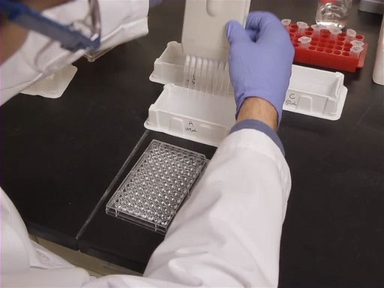
The ELISA Method
Basic Methods in Cellular and Molecular Biology
248.0K Views
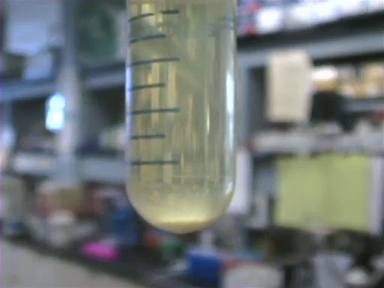
Plasmid Purification
Basic Methods in Cellular and Molecular Biology
303.2K Views
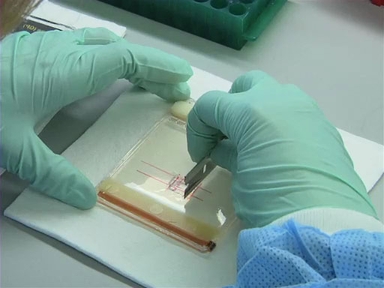
Gel Purification
Basic Methods in Cellular and Molecular Biology
108.6K Views
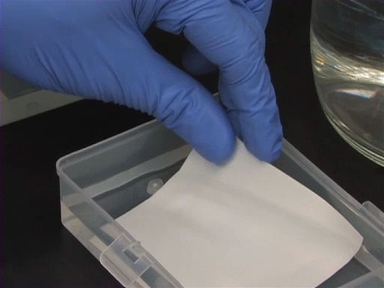
The Western Blot
Basic Methods in Cellular and Molecular Biology
496.3K Views
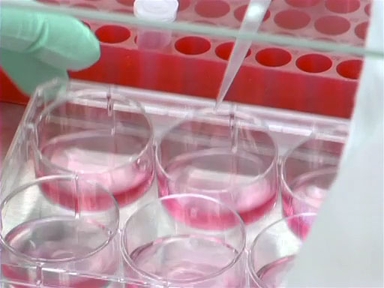
An Introduction to Transfection
Basic Methods in Cellular and Molecular Biology
168.3K Views
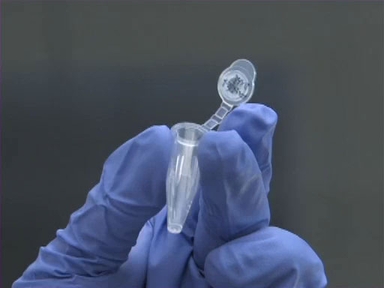
DNA Ligation Reactions
Basic Methods in Cellular and Molecular Biology
186.3K Views
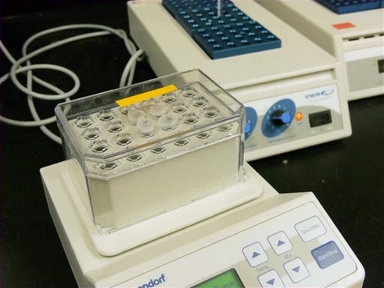
Restriction Enzyme Digests
Basic Methods in Cellular and Molecular Biology
279.5K Views

Molecular Cloning
Basic Methods in Cellular and Molecular Biology
373.3K Views
ABOUT JoVE
Copyright © 2025 MyJoVE Corporation. All rights reserved